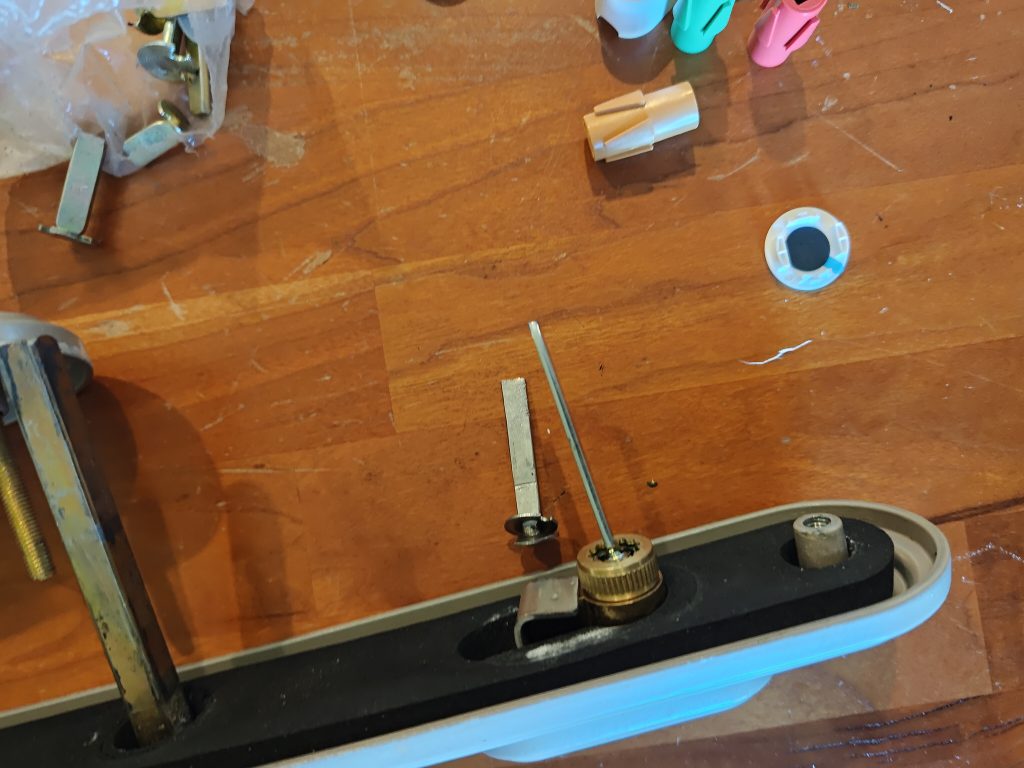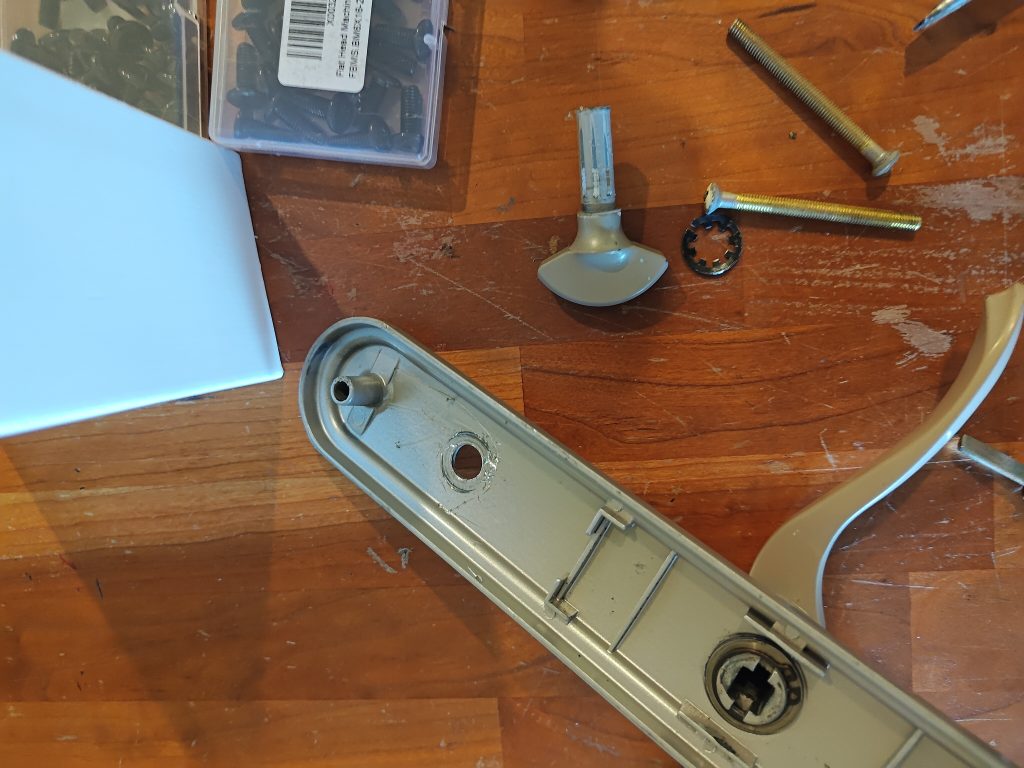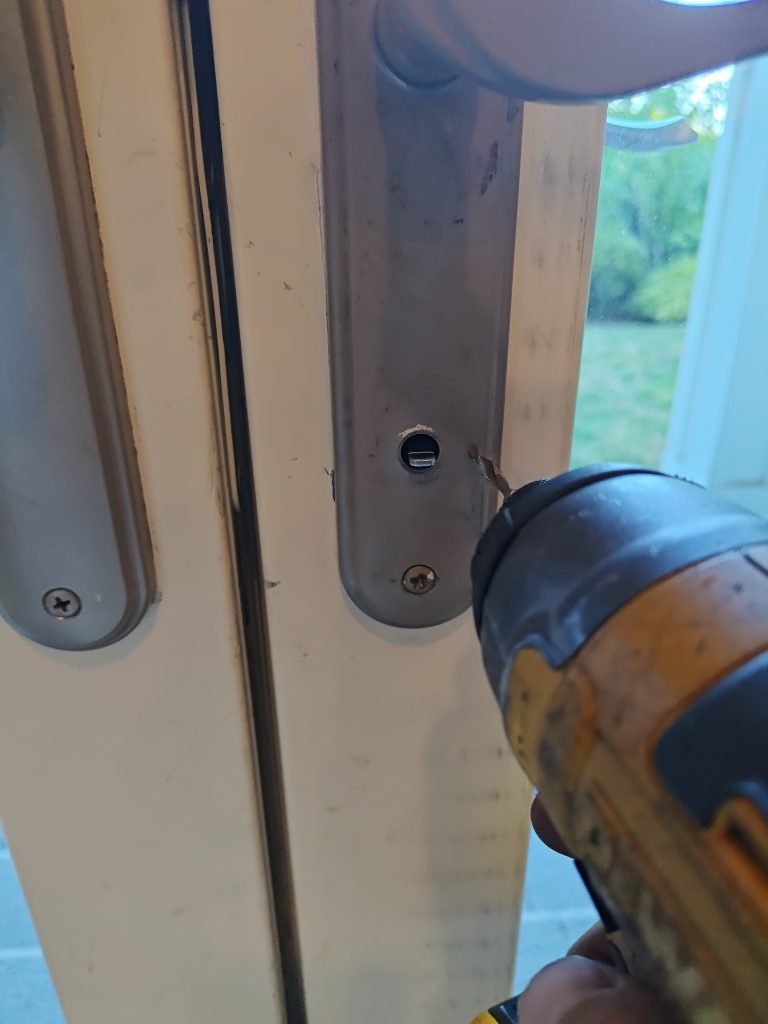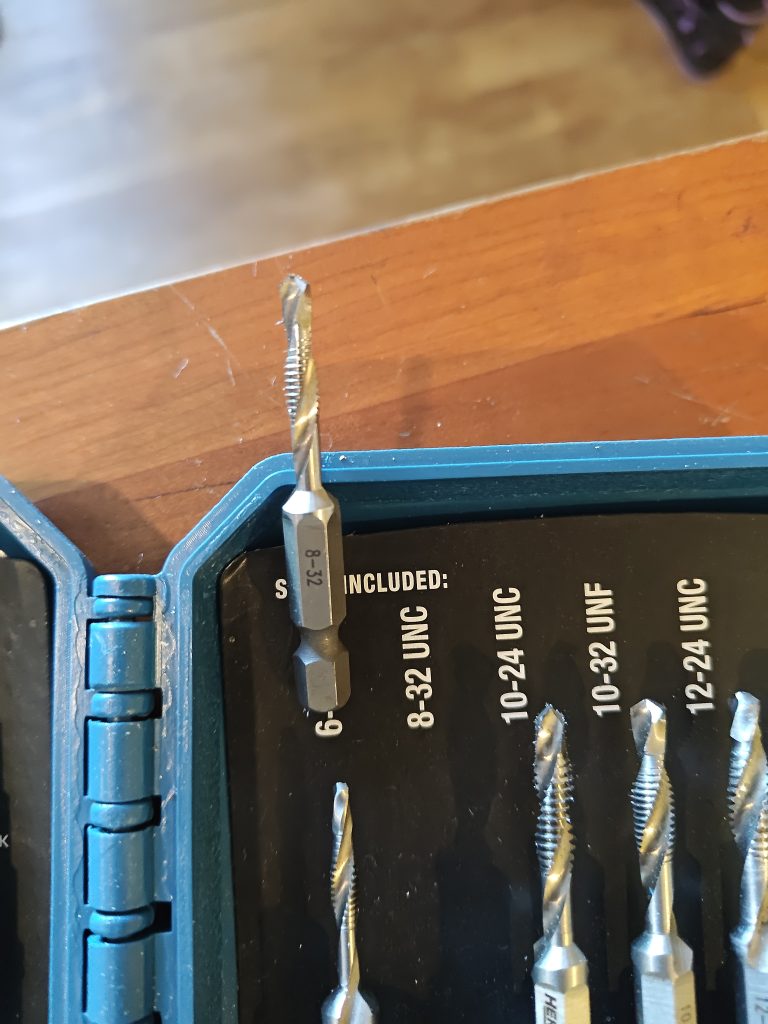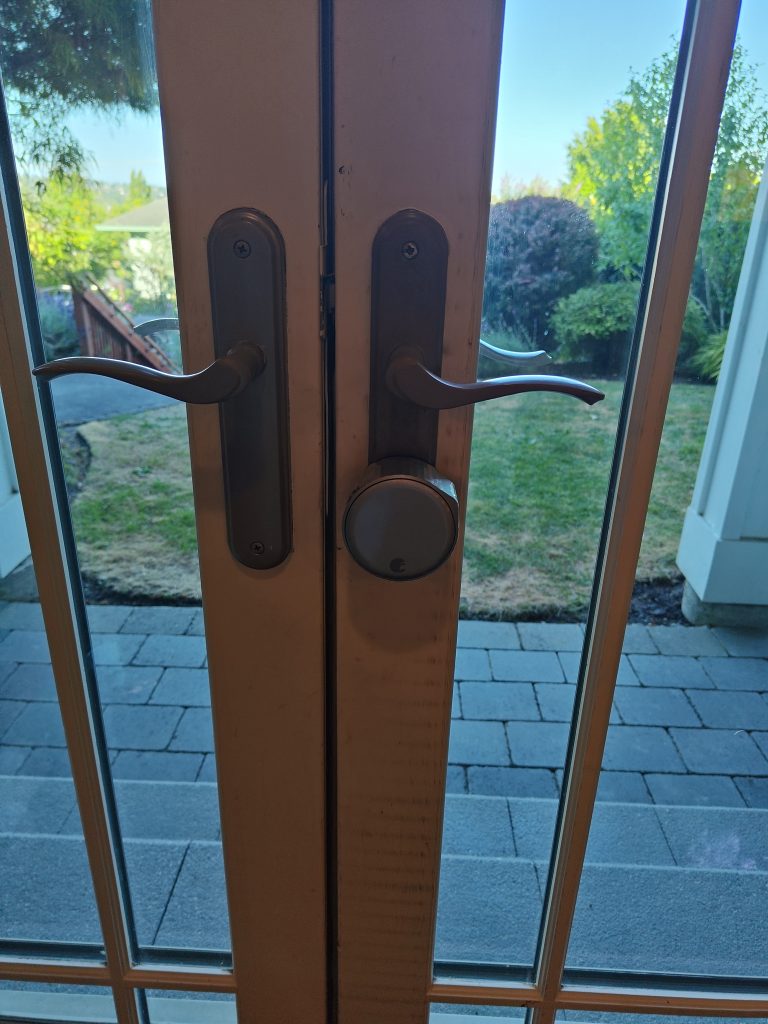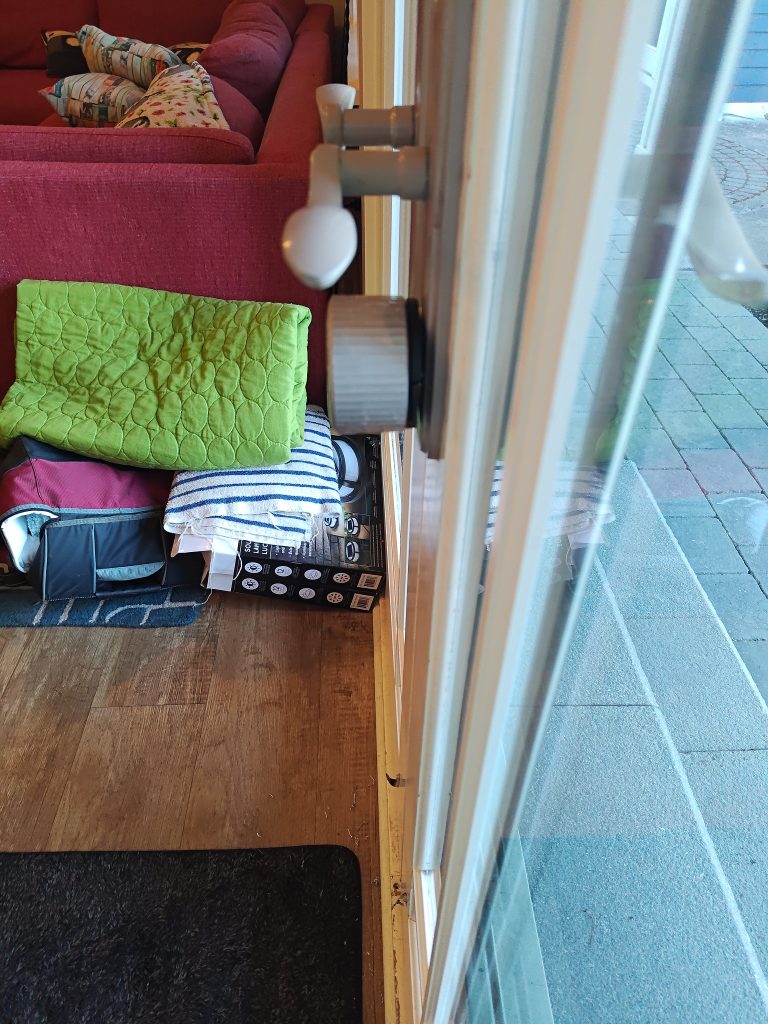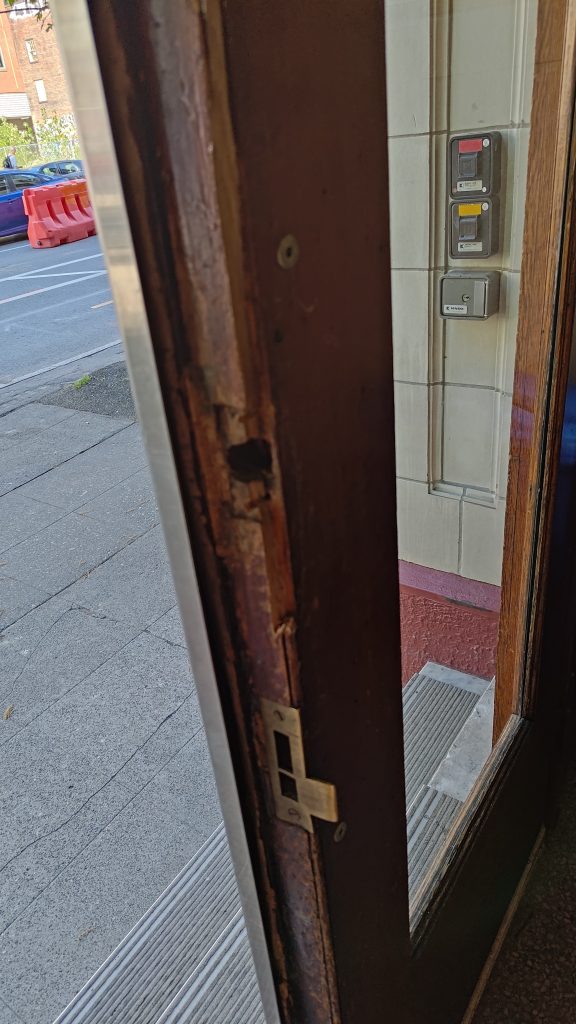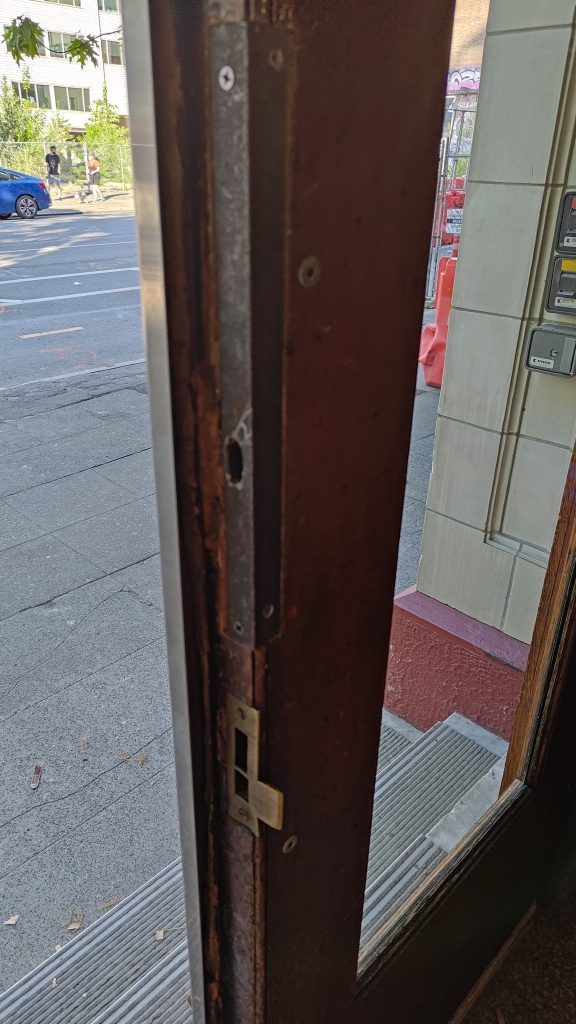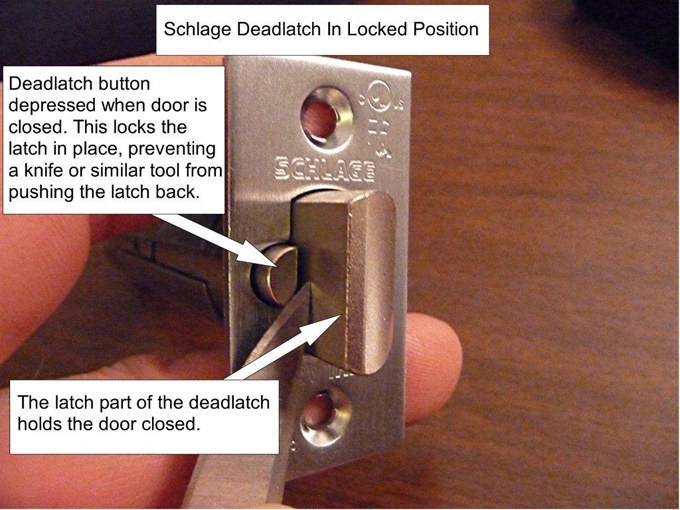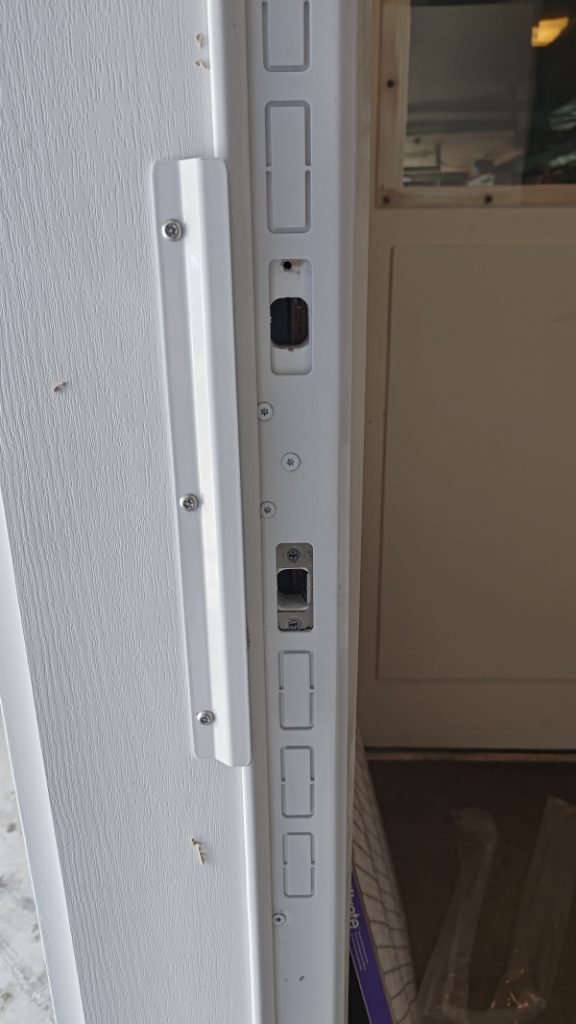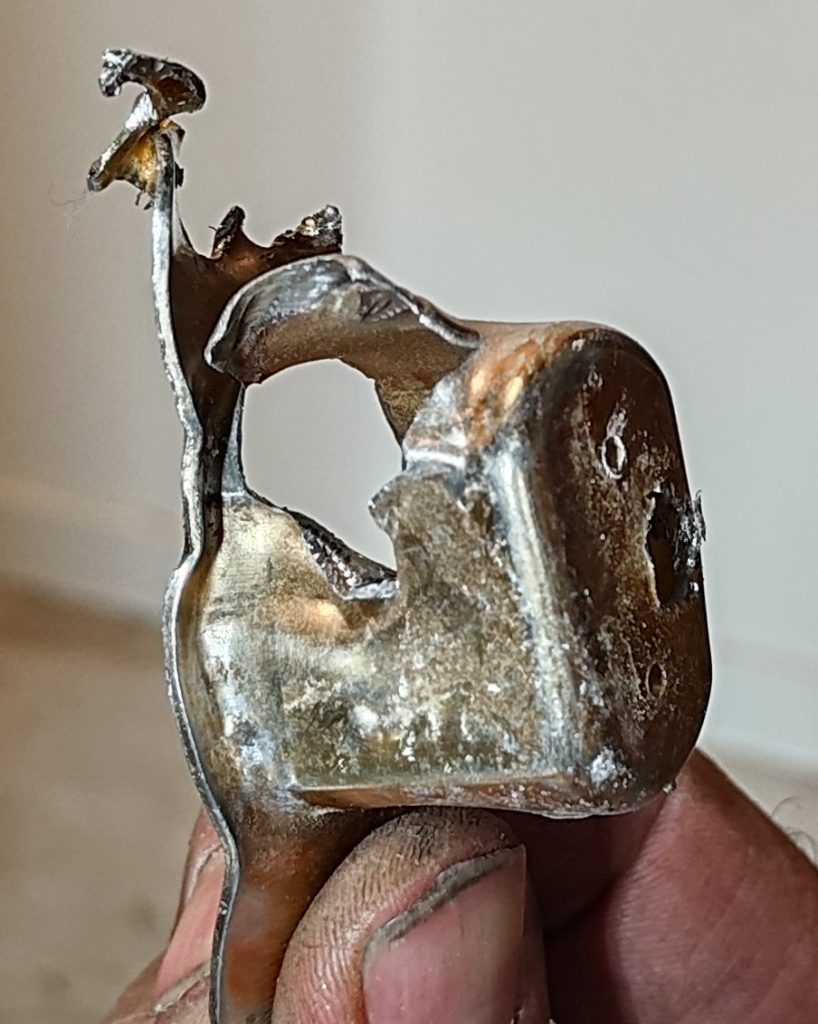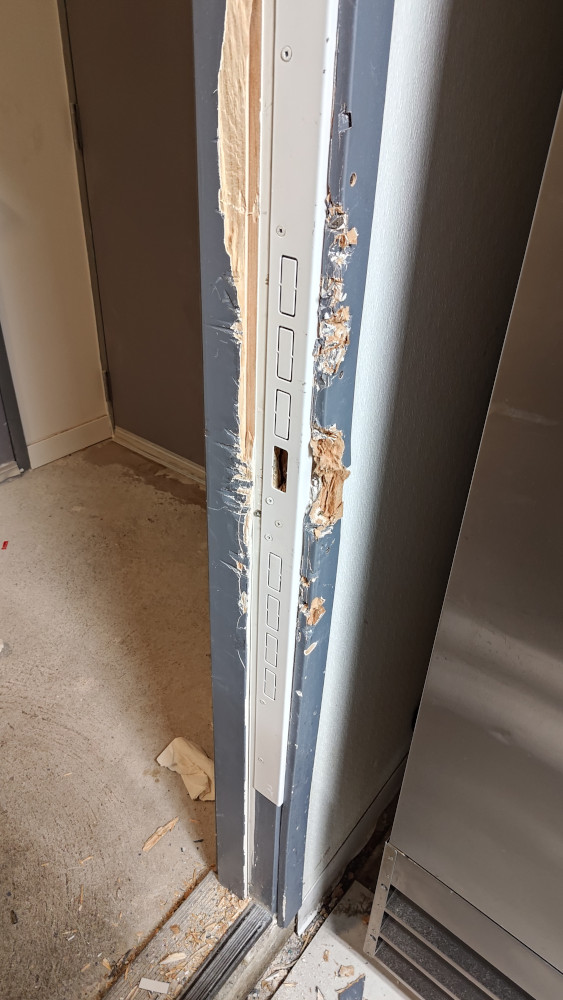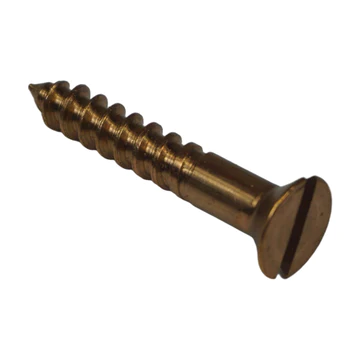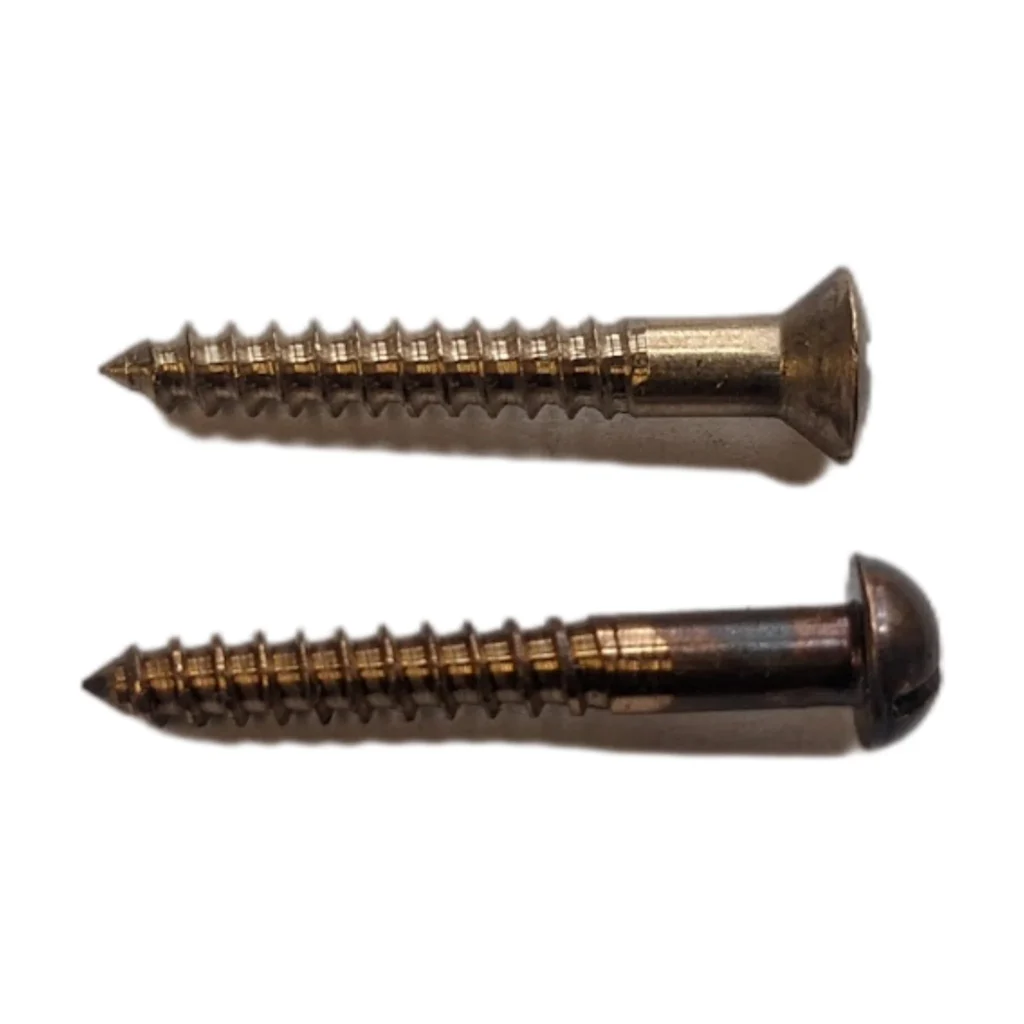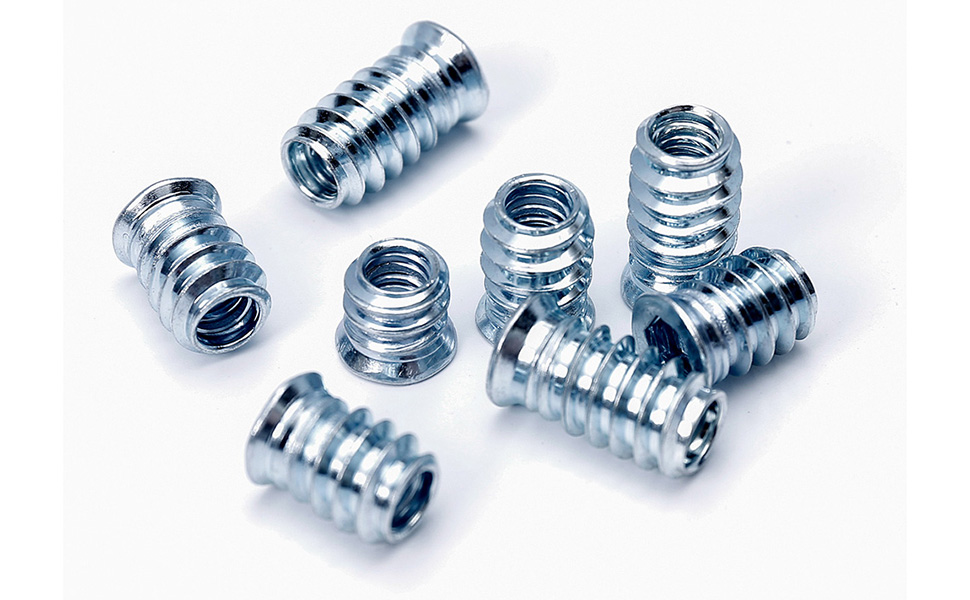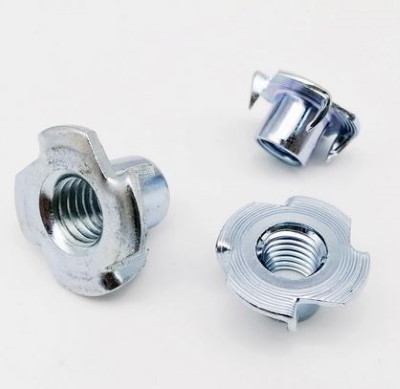Sometimes I get called out to rekey a commercial building (less frequently it’s a restaurant, apartment building or house) that has special locks using SFIC cores. They look like little figure eight lock cylinders and sometimes they say BEST, Arrow, or Falcon on them just above where you stick your key. The customer usually looks disappointed when they hear that it will cost more than regular locks to rekey but these locks provide a lot of benefits. Read on to hear about why you should be happy to have these.
IC cores are better than normal locks because:
- They allow the client to change out the locks themselves immediately without any tools
- It’s difficult to make unauthorized copies
- IC cores are a standardized format that work with lots of hardware
- The keys look different than house keys
IC cores are worse than normal locks because:
- Without the control key you can’t remove the core easily. Only highly organized people can produce the control key, most don’t even know what the control key is
- IC cores are admittedly finicky. The keys are difficult to copy accurately
- The pins are smaller and wear down more easily
- If people try to pull the door open with the key they can ruin any lock including SFIC locks which are more difficult to fix
IC stands for interchangeable. An important distinction here is that we’re talking about SFIC, the SF standing for small format, which is the most common format by far. This is different than proprietary removable cores manufactured by different companies.
When it’s time to rekey you start thinking about how late you’ll have to stay there until the locksmith can arrive. They’ll probably charge you a lot of money to come out and do this after hours but it has to be done. All of these problems can be sidestepped by the person with a spare set of ic cores ready to go. This person need only get out their control key, remove all of the sfic lock cores with it, and then install the replacement cores with a control key, either the same or a different one. It will take them longer to distribute the new keys to employees than it will to replace the cores in most cases.
Of course after replacing the cores you will be concerned about who has the new keys and whether or not they can make unauthorized copies of the key to give to criminals for an inside job, for example. It would be best if the keys couldn’t be copied and there are restricted keyways available for SFIC but they do cost more. The good news is that most hardware stores aren’t able to effectively copy sfic keys which have lower tolerances than typical pin tumbler keys. Even many locksmiths don’t stock all of the keyways and would usually be unwilling to copy the keys if they are labeled Do Not Duplicate though this isn’t a legal restriction. It is possible that a determined person could get the blanks online and make a duplicate with a lot of careful filing or the use of a cnc or milling machine but now we’re probably talking about less than one tenth of one percent of the population. Most best keys won’t be copied without authorization.
SFIC cores and their housings are versatile, used in cabinet locks, padlocks, deadbolts, knobs and levers among many more. Normally any brand will work with any other brand with limitations. A generic SFIC housing will work with nearly any SFIC core in my experience. If you have commercial hardware you don’t necessarily have to replace your lock to use them either. Commercial hardware usually allows you to use replacement cylinders including SFIC cores.
SFIC cores are usually more difficult to pick and drill than the equivalent hardware. It also takes a lot more work to take an SFIC cylinder apart and reverse engineer the master key used to operate all the locks, which is different than the control key used to remove the cores from the locks. In my experience many locksmiths can’t do this, though I do provide this service.
On to the bad: IC cores require the use of a control key to insert or remove them. This has frequently been lost or was never given to the customer by the last locksmith in the first place because of the expectation that it would be lost anyway or that they want the customer to call them in the future in a form of vendor lock-in. Some locksmiths are reluctant to give this key to the customer because they use the same key for all of their customers out of laziness and should never be done because if the key falls into the wrong hands many other buildings are vulnerable to unauthorized entry. In the event that the control key is missing the cores will need to be drilled out or removed with lockpicks or the control key will have to be derived by carefully measuring the pins in a core that was removed to get the rest of them out.
The same thing that makes these locks more difficult to pick makes them more difficult to copy keys for. The tight tolerances will ensure that only those with well calibrated machines and the right blanks will be able to copy the key. It is sometimes difficult to find anybody with the ability to accurately copy these keys, even many locksmiths don’t do a good job copying them. It’s best to ask for extra keys from whoever sells the originals to you to avoid this problem unless you already found a good locksmith like me.
These locks can wear down if used frequently. If used on the front door of a large building the pins will get worn down and everybody’s key will stop working. They will wear down even faster if people try to pull the door open with their keys. Fortunately SFIC keys usually have small heads meaning there is less material to apply torque to or pull a heavy door open with. People will still surprise you, there are buildings that have me replace the core on the front door a few times a year because of this even after putting signs on the door asking residents not to pull the door open with their keys.
In the end analysis if you have SFIC locks you should make the most of them. Make sure you keep the control key somewhere safe and make a copy of it before you need one. To take full advantage of their benefits have a full set of replacement cores prepared along with all the keys you will need beforehand so that you can deploy the keys and replace the cores at a moment’s notice. At the very least have enough replacement cores for all exterior doors.
Once your crisis is averted, take the old cores to your favorite locksmith and have them rekey the cores to a new key. In this way you’ll be ready for the next time and save money on the locksmith’s trip charge to your location.
This is in contrast to the dumpster fire that it usually is where you realize that you have to stay until 8 pm until the locksmith can arrive, you can’t find the control key so must pay for a new one or for the cores to get drilled out, you’re getting charged afterhours rates, it takes hours and you don’t get home until midnight. Worst case scenario, all you could get was an emergency locksmith who doesn’t know how to deal with SFIC cores and just replaces them all with cheap locks at a premium and then takes your expensive hardware with them.
Don’t be caught in the dumpster fire. If you are one of the people with a control key and want replacement cores for that emergency you know is going to happen someday or just want to change your locks after ten years of employees coming in and out for the sake of prudence let me know. I can sell you a bunch of cores keyed to your current control key or give you a new control key along with new operating keys.
If you don’t have a control key consider having me come out and make one before you need one. I can sell you new cores at that time and it will be cheaper than having me make or rekey cores after hours.
